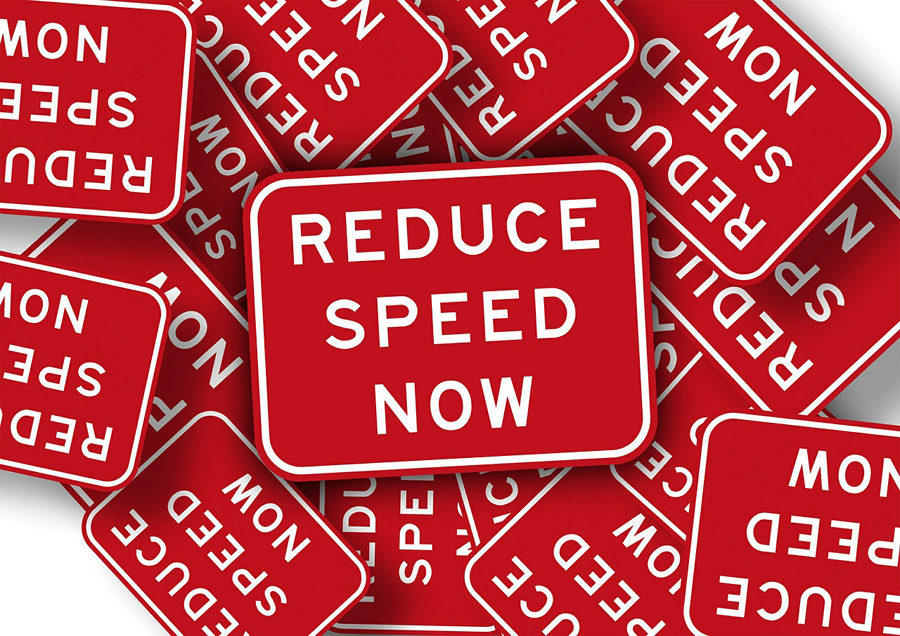 Fundraising Auction Failures: How One Nonprofit Bungled Their Auction to the Tune of Losing $100,000
Fundraising Auction Failures: How One Nonprofit Bungled Their Auction to the Tune of Losing $100,000
Fundraising auctions that are worth the effort need to do more than just make some money. They need to collect all the money people showed up expecting to give.
Don’t miss that point. People come to fundraising auctions expecting to give. They are not offended if you ask them for money. If anything, they’ll be miffed if you don’t:
“That’s it? I can’t believe they didn’t have another way for us to give. I wasn’t ready for that.”
“I know, I was expecting something more for sure.”
“Whatever, we musn’t tarry or we’ll be late for the opera.”
Here’s a real account of 5 fundraising auction failures that cost one nonprofit tens of thousands of dollars.
Fundraising Auction Case Study: The Case of the Missing Hundred Grand
I and some colleagues were invited to an event for a terrific organization. We were honored to be there.
But it wasn’t long before my fundraising hat replaced my honored guest hat. It was a poorly produced event with gaffes in several areas (like the food – and not just the taste).
By making the five fundraising auction failures you’re about to read, and considering the size of the room (at least 300 people) and the wealth it contained (many builders and engineers and techies), they easily left more than $100,000 on the floor.
Here’s a sampling of some of the ways they lost money. Don’t make these mistakes at your next auction!
Auction Failure #1: Only Auctioning 1 Dessert!
As humorist Dave Barry would say, “I’m not making this up.” They had this ice cream bar experience they were auctioning off by table. The winning table bid several thousand dollars. Cheers erupt. People applaud. Great, we just raised $3000! (I can’t recall the exact amount).
So I sat there, wondering what was next. The answer?
Nothing! There was no ‘next.’
I was dumbfounded.
Think about it: People just bid for this dessert experience for their tables, and the bidding went up into the thousands. You’ve got over 30 tables present. That means many other tables would be willing to bid again. If they had just 4 more desserts, even assuming much lower winning bids of $1000 each, that’s $4000 more. I’ve been at auctions with 10, 15, 25 desserts.
Money lost in failed Dessert Auction: $10,000 – $15,000
Auction Failure #2: No Raffle!
This event didn’t have a live or silent auction. And that’s fine. Those take a lot of planning, and they decided not to invest their resources in that way. I get it.
But no raffle? A raffle is very easy to organize. All you need is 1-3 desirable items, a simple sales process, and tickets. People love raffles. You can sell tickets for them in a variety of ways.
In a room with 300 reasonably wealthy people, a raffle will make – at minimum – $2000, if it’s done right. They didn’t even have one.
Money lost to non-raffle: $2000 – $5000
Auction Failure #3: Unlimited Free Photo Booth!
I’m not a fan of ‘free’, unless there’s a purpose. Free alcohol, the purpose is because people give more when they’ve “had a few.” Whatever. Free photos – the purpose is to make the event fun, and not a bore. Again, that’s great.
 But this auction gave out unlimited photo booth pictures. So you had groups of semi-intoxicated people posing over and over for photo after photo, getting more silly with each one.
But this auction gave out unlimited photo booth pictures. So you had groups of semi-intoxicated people posing over and over for photo after photo, getting more silly with each one.
And I just thought – shouldn’t we be charging for this?
Not a major money maker, for sure. Giving one or two free photos is fine. But unlimited? Charge something. Make it a bonus auction item. Sell a package before the event. Make it a raffle item. Find a way.
Money lost to free drunk photos: $500?
(Does just $500 matter when you’re raising $200,000? Depends how much work it was to earn it. But here, they already had the photo booth. Effort required: Almost zero. Related warning: If you reach a point where you don’t care about “small amounts,” you’re in danger of taking your donors for granted. BIG mistake.)
Auction Failure #4: Failed Raise the Paddle!
I saved their biggest mistake for last. And actually, there are many other flaws from this event that cost them more, but they’re less tangible, so I’ll save them for another time.
At this auction, they completely botched the Raise the Paddle portion of their event. Remember – they didn’t have a live or silent auction. So other than the dessert (singular) and some paintings and photos they were selling, the ‘Raise the Paddle’ (also known as ‘fund a need’) was their only source of fundraising. They have indeed put all their eggs in one basket.
Better be a good basket.
A brief explanation: Raise the Paddle is where the auctioneer gives a number, like $10,000, and asks if anyone wants to give that amount. Just a straight up gift. After that, they lower the number to $5000, and keep going on down to something like $50.
So what went wrong?
The auctioneer just wasn’t very good. Here are 3 reasons.
“Wait, what?”
First, he barely explained the process. I could tell some people were confused. I think he assumed people knew what to do in a Raise the Paddle auction. This violates marketing 101. Never assume your attendees know what to do.
This means some people didn’t give because they didn’t understand what they were supposed to do, or even what was happening until it was already well underway.
 “What Just Happened?”
“What Just Happened?”
Second, he went too fast. He began at $10,000. He waited about 5 seconds – if that – and then said, “Okay, how about $5000.” I’m not exaggerating. It was fast. I was expecting the usual silent moment as people look around to see if anyone is raising their paddle.
But before I could even scan the room once, he was on to $5000. And then he did it again, and we were down to $2500! Just like that, he wiped out any chance for someone to give the two biggest amounts.
At the $2500 level, a lot of people gave. A LOT.
They ended up raising nearly $200,000 from the event as a whole. But think about that. If this many people are giving $2500 so easily, you can guarantee that many of them would have given more.
I’d wager there were at least two $10k donors in that room, and at least ten $5k donors. I’ve seen it at other events with fewer wealthy people.
“What’s the money for?”
Third, he didn’t talk about impact. Why should I give $5000? Why should I give $1000? A good Raise the Paddle auction will connect the amount in some way to the impact it has on whoever that organization serves.
$1000 buys meals for 200 people. $2500 buys five plane tickets for kids to go to a camp. That kind of thing. So people know where this money goes and what it does to make a difference in someone’s life. Donors care about this.
Money lost to inept Raise the Paddle: $70,000 – $85,000
Total Money Lost to Poor Auction Strategy: $82,500 – $103,500
Auction Failure #5: No Other Ways to Give, Bad Presentation, etc
Okay one more. The auctioneer could have revisited the $10,000 request at the end. Many auctioneers do this. Give people one more chance. In that room – he absolutely should have.
But there are so many other ways to encourage giving at an auction. Table donation cards. Games. Items to purchase and take home. Opportunities to give to the specific projects they were featuring that night. They didn’t do any of these. All they did was charge a high entrance fee, make us stand in the rain waiting too long to check in, bungle the meal, do a Raise the Paddle, sell one dessert, and sell some photos and paintings.
And, they bored their audience with speeches that sounded like high school commencements, telling us how great the organization is, but almost nothing about the impact.
Add it all up, and 300 people who make six figures left the room having eaten a not-so-great meal and being offered only one way to give, unless they like art.
Yes, their event raised nearly $200,000. But with just a few changes and a little more work on the front end, they could have easily made $300,000.
Would it be worth it?

